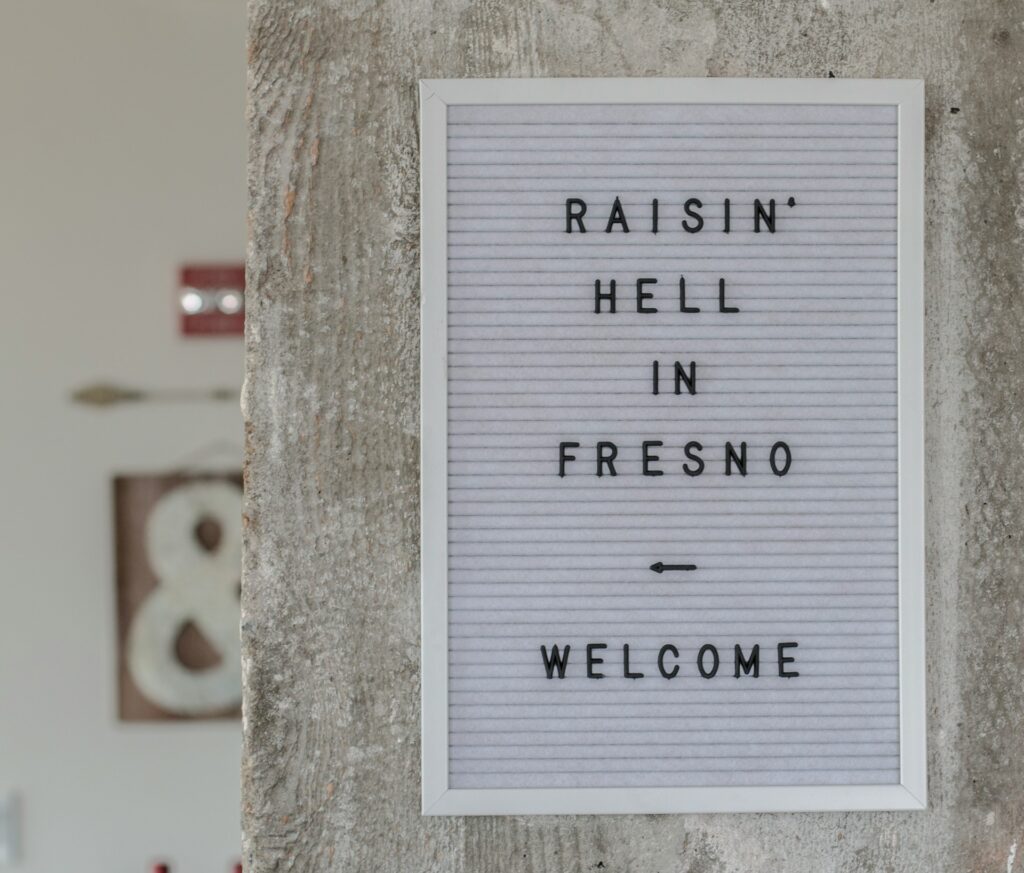Background
Laura B., a real estate investor in Fresno, California, initially focused on traditional long-term rentals, targeting local families and young professionals. While this strategy provided steady income, Laura noticed a growing trend in demand for more flexible housing options, particularly from seasonal agricultural workers and healthcare professionals attracted to Fresno's large medical centers and agricultural businesses. Observing this shift, Laura saw an opportunity to diversify her portfolio and adjust her rental strategy.
Goals
Laura's primary goal was to capitalize on the increasing demand for flexible housing by converting some of her properties into midterm rentals. She aimed to offer accommodations that would cater to the specific needs of seasonal workers and medical staff, who often require housing for several months at a time but do not wish to commit to long-term leases.
Property Details
One of Laura’s properties earmarked for this transition is a four-bedroom duplex located near downtown Fresno, close to major hospitals and agribusiness centers. The property features spacious living areas, ample parking, and is furnished to accommodate temporary stays comfortably.
Transition Strategy
To facilitate the shift to midterm rentals, Laura utilized Shmedium to reach her target demographic effectively. She highlighted the flexibility of her lease terms, the fully furnished nature of the duplex, and its proximity to key employment centers in her listings. Additionally, Laura implemented an online management system for handling bookings, payments, and maintenance requests to streamline the operational aspects of her new rental strategy.
Pros of Transitioning to Midterm Rentals

- Increased Demand: By targeting a specific niche of renters, Laura tapped into a steadily growing tenant base in Fresno, ensuring higher occupancy rates throughout the year.
- Higher Rental Yields: Midterm rentals allowed Laura to charge a premium over traditional long-term leases due to the added flexibility and furnished accommodations, boosting her overall rental income.
- Operational Efficiency: With more stable, medium-term tenants, Laura experienced fewer turnovers and less wear and tear on the property compared to short-term vacation rentals.
Cons and Pitfalls
- Market Adaptation Costs: The initial shift required investment in furniture, marketing to a new audience, and setting up the online rental management system.
- Regulatory Compliance: Ensuring compliance with local housing regulations concerning midterm rentals posed a challenge, requiring Laura to seek legal advice to navigate the changes.
- Dependence on Seasonal Demand: While the demand from seasonal workers and healthcare professionals is consistent, it is also cyclical and can be impacted by external economic factors.
Results

After a year of operating as a midterm rental, Laura's duplex boasted a 95% occupancy rate, with many tenants extending their stays beyond their initial agreements. The feedback from tenants was overwhelmingly positive, particularly regarding the convenience and quality of the accommodations. Financially, Laura saw a 25% increase in her rental income from the duplex, validating her decision to shift to midterm rentals.
Conclusion
Laura’s strategic transition in Fresno exemplifies how real estate investors can successfully adapt to changing market dynamics and tenant preferences. By identifying a growing demand for flexible, furnished housing solutions and implementing a targeted approach, Laura was able to enhance her property’s profitability and operational efficiency. This case study demonstrates the potential of midterm rentals in markets influenced by seasonal industries and underscores the importance of agility and responsiveness to market needs in the real estate investment landscape.











